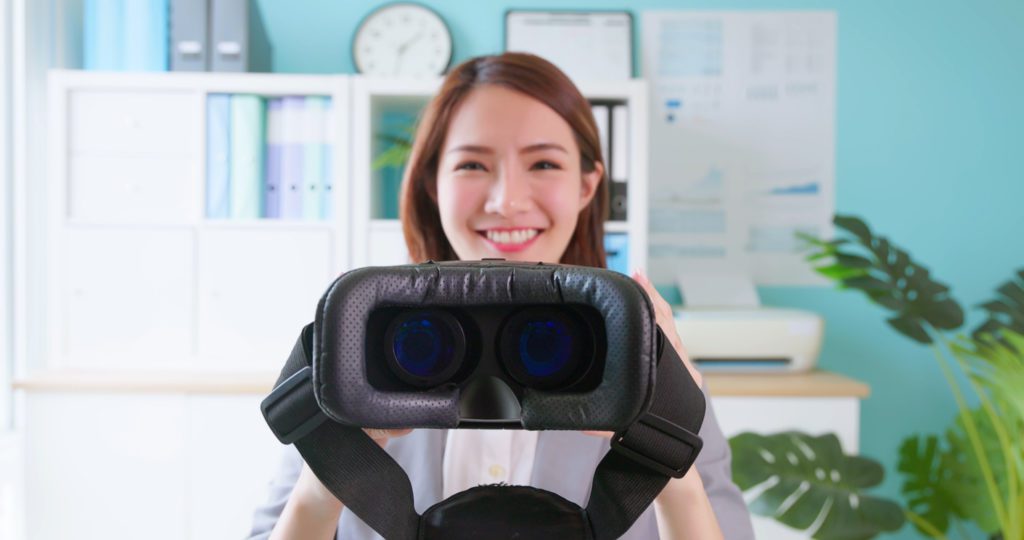How Main Street Retailers Can Meet Shoppers in the Metaverse
For many business owners, the metaverse seems like something so far off that it won’t come to fruition for years, if ever. In fact, it might feel otherworldly – or should I say virtual worldly.
And while the metaverse feels intangible to many leaders, there was a time when many other innovations did, too, like mobile check depositing, online shopping, contactless payments, and other modern-day conveniences.
However, the metaverse is a place where some brands have found new ways to interact with their customers. They provide clothing and accessories for shoppers’ virtual avatars, serve them a “Meta meal,” and even converse with them in virtual shopping centers.
As technology progresses, you can expect augmented reality (AR) and virtual reality (VR) to change shopping and how retailers, restaurants, and other Main Street staples connect with those interested in their brand. Although the metaverse is not yet mainstream, savvy small- and medium-sized businesses should consider the benefits of meeting your customers where they are – whether in the real world or not.
Learning from larger brands’ success
Just one-fifth (19%) of respondents to Cox Business’ 2022 survey on consumer sentiment toward Main Street said they have interacted with a retailer in the metaverse. Of this group, three-quarters said they would interact with small businesses if they had a presence in the metaverse.
Not surprisingly, Millennial and Gen Z shoppers are most interested in hanging out with retailers in the metaverse than Gen Xers and Baby Boomers. As such, small businesses should consider that a presence in this virtual world offers a whole new way to transact and attract younger shoppers – just like big-box brands are doing.
Adidas sold more than $22 million in non-fungible tokens (NFTs). L’Oréal now offers virtual versions of its cosmetics. Forever 21 has a new game on the metaverse through Roblox, enabling consumers to explore virtual shops, build their own stores, and access exclusive gear. And in September 2022, Bloomingdale’s celebrated its 150th anniversary with a party in the metaverse by launching a virtual store during New York Fashion Week with digital collections from top luxury designers and virtual shopping experiences.
Although the metaverse isn’t truly reality, it’s the real deal for spending, which is why Main Street should consider building a presence there.
Earlier this year, someone purchased a Gucci handbag on the metaverse using the Roblox platform. The shopper paid $4,115 – more than its real-life costs of $3,400 – and the bag is only available for use on Roblox!
While these big-name brands have larger budgets to experiment with, small businesses can take note of what is working and what isn’t and explore how the metaverse can work for them.
Open for virtual business
Accenture’s Retail Technology Vision 2022 report shows the next frontier of technology in retail is solutions and experiences that transcend the virtual-physical continuum across people and machines. Retailers and other hospitality brands can find opportunities by “uprooting themselves from today and planting themselves firmly in the future” – or at least by creating their digital retail twin in the metaverse.
Although you shouldn’t feel the need to change what you do best, there’s no reason why you can’t add to it by entering the metaverse. Further, by taking the plunge now, you can ensure that your company’s infrastructure – devices, store footprints, and connectivity – is up to the challenge of hosting experiences in this new virtual plane.
So, now you should be ready to go forth and put on that Oculus. Explore the opportunities the metaverse opens your business up to and learn what it can do for your business along the way – now and well into this new digital era.


![Top 5 Reasons To Review Your Business ISP [Infographic]](https://www.coxblue.com/wp-content/uploads/2013/10/isp_review.jpg)
